Help & Advice Articles, Videos and How-to-Guides
Filter Articles
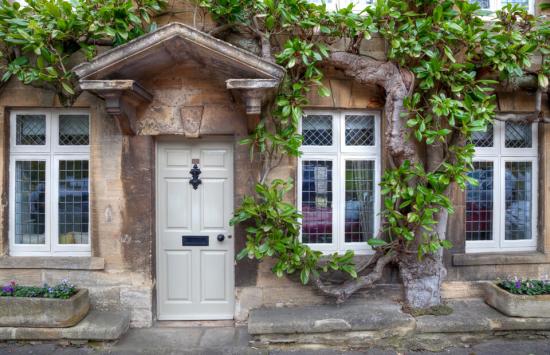
Guide to Damp Proofing Old Homes & Period Properties
The problem of damp in old houses is not a new one. Designed and built using different methods to those we use now, old properties have a tendency to experience issues with damp and condensation. With over 4 million properties in the UK from the Victorian and Edwardian period alone, it is also a fairly common problem.
The situation is however rarely as bad as it seems. In this guide, we will take you through the root cause of some of the common damp-related issues as well as the process of damp proofing old houses. By way of a short introduction, we have included some history and then split the guide into three short sections:
1. What causes damp in old properties?
2. What you need to know about spotting damp before buying an old house?
3. Already own an old property and concerned about damp?
History of Damp Proof Courses in Period Properties
What is a Damp Proof Course?
A Damp Proof Course (DPC) is an impervious layer built into a wall. It is placed above ground level to prevent moisture rising up the wall via a capillary action. Older buildings used a range of materials for a DPC, including slate, bitumen, jute and hessian. Nowadays plastic DPCs or chemical injection DPCs are used.
Defining an Old Property
Before we begin, it is useful to know how period properties are defined. Older properties are those built before the 1940s. Your property will fit in with a wider damp proofing context and may have its own well-documented vulnerabilities (as well as its charms, of course). We have provided an overview of the periods and the historical damp-proofing that was widely used:
Georgian (1714 – 1837)
Georgian properties did not have a physical damp proof course. The Georgians were very conscious of ensuring good ventilation as well as keeping the amount of moisture they created to a minimum.
Victorian (1837 – 1901)
Solid walls like those you find in many early Victorian properties can cause condensation issues as they are large cold surfaces. If the original render fails, they can also allow weather like driving rain to penetrate. In Victorian properties, timbers were used in construction that are at risk of becoming rotten due to damp.
Late Victorian (1870 - 1901)
Cavity walls were first used in the late Victorian period. This type of wall consists of two leaves - the outer leaf which acts as a protective skin against the weather and the inner leaf which provides a dry surface to decorate. The air in between the two leaves prevents damp from passing from the outer layer to the inner, acting as a barrier to moisture.
DPCs became compulsory in London in 1875. A layer of slate was also employed as a DPC in Late Victorian properties. However, over the years decaying parts of the wall can fall into the cavity and potentially rise above the level of the DPC, bridging the air gap.
Air bricks were also introduced in the late Victorian period and into the Edwardian period. The bricks, originally made from clay, were installed in walls and under floors allowing air to circulate and provide ventilation.
Edwardian 1901 – 1910 (1915)
Most Edwardian houses did have a form of damp proof course to deal with rising damp. Bitumen, slate and occasionally hessian damp proof courses were used along with a band of engineering bricks to act as a barrier. Damp problems usually occur if the DPC has failed, becoming cracked or damaged over time.
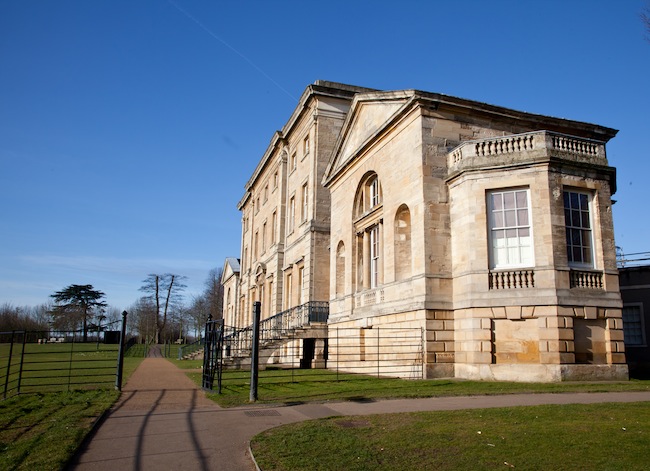
What Causes Damp in Old Properties?
Damp usually has a direct cause (more on this later) so finding out the cause of your damp, especially if you have an older home, shouldn’t be too hard. Here are the first things to check for when you notice damp in old homes:
- Condensation
Condensation occurs when there is a temperature difference such as cold solid walls that you can find in older properties. There is very rarely a hidden danger behind condensation – it’s usually caused by poor conversions and a failure to ensure good ventilation. In period properties, blocked fireplaces are one of the possible reasons for inadequate ventilation. You will usually recognise problem condensation by mould on the walls, however, it can also occur under the floor which has a number of issues in period properties, especially those using timber.
- Interstitial condensation
Condensation is usually associated with moisture forming on cold surfaces like windows, outside walls, where it eventually forms visible black mould. However, condensation can also occur when the warm moist air from inside your home tries to move to an area of lower vapour pressure, the outside, and enters the structure of the house. If this moist air can’t get outside through the external wall then it gets trapped inside the structure, which can cause issues. The outer skin of the building should be air tight to meet regulations but should also be vapour permeable. This is to allow any moisture that gets into the wall structure to escape to the outside. When this air reaches a certain temperature, its dew point, it condenses into water. This type is called interstitial condensation and can occur inside walls, under floors, and in roofs when the dew point is reached. It can result in major issues. The main way to tackle the issue of interstitial condensation is by ensuring that any wall insulation has a specially calculated temperature gradient.
- Poor ventilation
Here at Permagard we offer a wide range of condensation control products to help you manage ventilation in your property. Drimaster PIV systems or heat recovery units are a good place to start – if you have damp issues you’ll quite often find that moisture is having a hard time escaping your property.
- Penetrating Damp
Structural issues, cracks, blocked or wrongly placed guttering can all lead to rain and moisture from outside entering your home. Chimneys and roofs are particularly susceptible to rain penetration. These issues can all be the cause of damp in older properties. Prolonged periods of wetting in a wall can be a major problem, leading to structural damage.
Common Causes of Penetrating Damp in Older Properties: Wrongly placed gutters and downpipes, causing water to miss the guttering. Damage to roofs and failed or cracked render.
Problems with Damp in Older Properties
Problems with Damp
For both old and new properties, damp can lead to a number of issues such as:
- Exacerbatinh health complications like eczema and asthma
- Ruining furnishings that can be expensive and precious
- Creating an unwelcoming atmosphere
- Causing structural damage
- Increasing heat loss as damp walls mean you lose more heat from your home. This means that your energy bills will be higher. RetroFit Buildings reported that: “Heat loss was measured across solid walls at a low level where the walls were damp and at a higher level where they were much dryer. In one example the heat loss was 38% greater in the damp wall and in the other it was 21%.”
The Damage that May Have Been Done
Period properties are built in a variety of ways but many of them have stood the test of time remarkably well – damp often happens when humans interact with the original structure and either make alterations or additions that circumvent existing damp proofing.
Over the years many older properties have been subjected to works that were intended to improve the building, either structurally or aesthetically, but in fact did damage. The following are an overview of some of the more common causes of damp-related damage:
- Pebbledash
- Acrylic paints and some waterproofing treatments can trap water in the walls and hinder a building’s ability to ‘breath’. When we refer to a building breathing we refer to the ability of water to passively escape a structure through porous or vapour permeable surfaces. Cement-based renders
- Injecting chemical damp-proof courses incorrectly
- Blocking ventilation to floors and roofs – vents and air bricks
- Allowing high ground levels (such as flower beds, paths and driveways, lawns) to build up against external walls above the DPC, allowing water to penetrate into the wall.
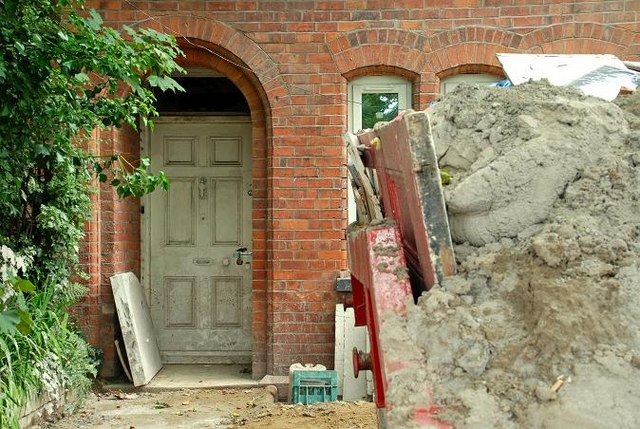
Buying and Damp Proofing Old Houses
If you are looking to buy an older property, you need to identify as many of the potential problems as possible before going ahead. A survey will help with this but some problems associated with damp are not always picked up.
This section of our guide to Damp Proofing Old Houses looks at damp surveys, scams and rising damp, and offers some useful advice to ensure your move and renovation goes as well as possible. Managing damp and damp proofing in old houses is less of a science than people imagine, and there is no ‘one size fits all’ solution to managing the issue.
Home Surveys – take them with a pinch of salt!
Period properties are complex – every property has its own individual character and nuances that a conventional home survey doesn’t necessarily cover.
If a surveyor says you need to have a home-survey, make sure you know exactly what the survey will entail and who it’s going to be carried out by. Make sure the surveyor has a good understanding of period properties and houses over a certain age.
The Royal Institute of Chartered Surveyors is a good place to start – make sure that all involved are RICS approved. If they are, then they will have signed to say that they consider themselves capable of surveying a period property to the fullest extent.
How To Avoid Damp Proofing Scammers
Misdiagnosis
Over insulating Victorian houses and insufficient ventilation can cause huge condensation issues that are often wrongly diagnosed as other forms of damp. You may also find that structural damage over time has created issues with penetrating damp in your period property.
It’s unlikely that rising damp is an issue
No matter how old your home, rising damp is a commonly misunderstood and misdiagnosed issue. It is more often than not a combination of other damp issues.
You may be advised that your DPC has failed and that you need a liquid DPC injected. Damp courses are rarely broken or damaged and therefore don’t need replacing. It is more likely that your DPC has been bridged or that cavity wall insulation has been incorrectly installed. However, in some cases a DPC will have failed and you may be suffering with rising damp. You will need to seek out a professional to inject a chemical DPC and then ensure that the current plaster is removed and that the walls are re-rendered up to one metre to prevent salts reappearing.
It’s important to seek out a trusted professional as an inappropriately injected damp proof course can cause damage to the fabric of the building. It can also be expensive. Be sure to get second opinions when dealing with the issue of damp proofing old houses.
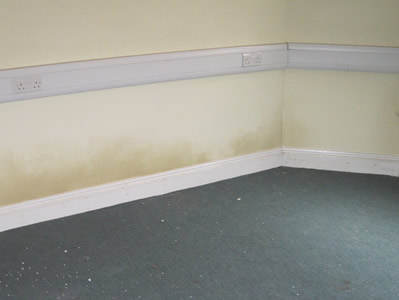
I Already Own a Period Property
Understand the environment your home was built in and its needs
If you live in a period property, you probably already understand the fact that the building and construction world was very different when your house was built. You will have come to love some of its quirks and get worn down by others.
Period properties with masonry walls need to breath – they expand as they warm up after a cold night, and contract as the air cools down into the evening. The pressure changes aren’t dramatic, but enough to ensure there’s a balanced transfer of water vapour inside and out – which then dries out and keeps the atmosphere consistent.
In terms of modern day applications, the problems can start occurring when some modern paints and treatments are unnecessarily applied, which prevent the property from breathing. Some damp proof or waterproof paint can be an issue, as it is likely to be incompatible with the soft and porous walls of your period home.
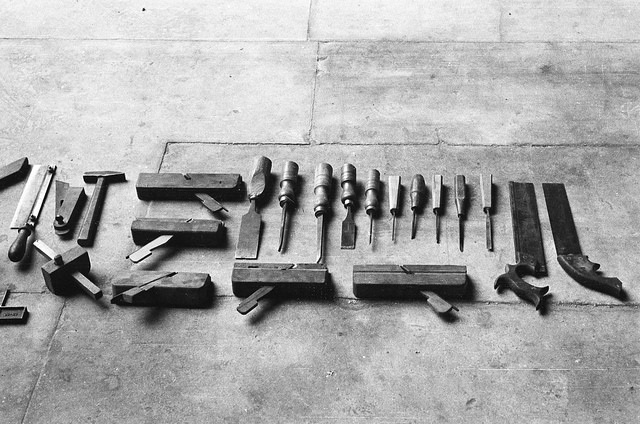
Tackling Damp in Older Properties
Do:
- Reduce external ground levels - the level of the garden or driveway may have been slowly raised over the years to the extent that it has bridged the DPC and need to be lowered
- Balance insulation and ventilation – older properties were constructed in a way to allow them to breath. If your building is no longer able to breath as it once did you need to keep it well ventilated. Try opening windows across opposite sides of rooms to allow cross ventilation. The other issue is with insulation - with high fuel costs we are keen to use lots of insulation to keep heat locked in and reduce our energy bills. Unfortunately, by doing this, we hinder the required ventilation, which leads to condensation issues. Installing extractor fans, drimaster eco systems or heat recovery units will help increase much needed ventilation and reduce condensation.
- Install extra air bricks to allow ventilation
- Get a professional to carry out a chemical injection DPC or any other retrofitted DPC if required
- Use lime-based plasters and renovating plasters rather than cement where possible
Avoid:
- Incorrectly installed chemical DPCs and waterproof render – make sure you consult a professional before taking this course of action
- Using impervious materials that can trap in moisture. Cement-based pointing and render for example can make damp problems worse. Cement pointing on the outside of your property can prevent a building ‘breathing’. Often with period properties you see the use of lime mortar, which is both porous and permeable. When this decays overtime, it is often replaced with a cement mortar that stops the building breathing.
- Injecting DPCs into hard non-absorbent bricks or old engineering bricks.
Where can I go to learn more?
Useful Websites for Maintaining Older and Period Properties
In this section we’ve compiled a series of resources for people working within the industry, and who have a wide and excellent knowledge of period properties and old homes in general.
Heritage House – Managing Damp Problems in Old Houses
Old House – How Old Houses Deal with Damp by Breathing
Reddit – the DIY subreddit has many issues dealing with period properties and damp proofing
Society for the Protection of Ancient Buildings (SPAB)
How Permagard’s Team of Damp Proof Experts Can Help
What Products will be Useful?
At Permagard we make sure we stock only the highest quality products when it comes to helping you with your damp proofing. As we’ve seen, in many cases damp proofing in period properties is often mis-diagnosed and dealt with poorly – ensure you get in touch with an honest and trusted damp proofing specialist before any survey or work is started.
Our damp proofing products are tested and proven – we stock both internal waterproofing and external waterproofing systems, including PermaSEAL Tanking - Grey and Geo-Drain membrane for outside surfaces.
Contact Us
Contact us at Permagard for more information on damp proofing old houses, home renovation, basement waterproofing, period property care or any other form of property care.
Sources
This guide combined our 30 years of damp proofing experience along with some excellent articles and guides:
- Bricks and Brass on DPCs in Historic Properties
- 1st Associated on Damp Proofing Older Properties
- Timber and Lime on Dampness in Historic Buildings
